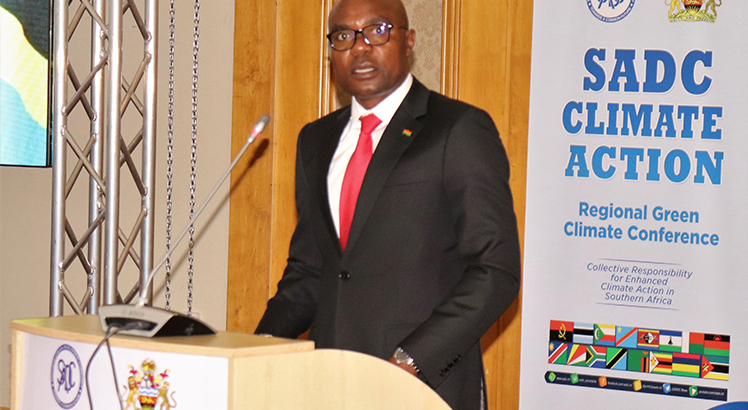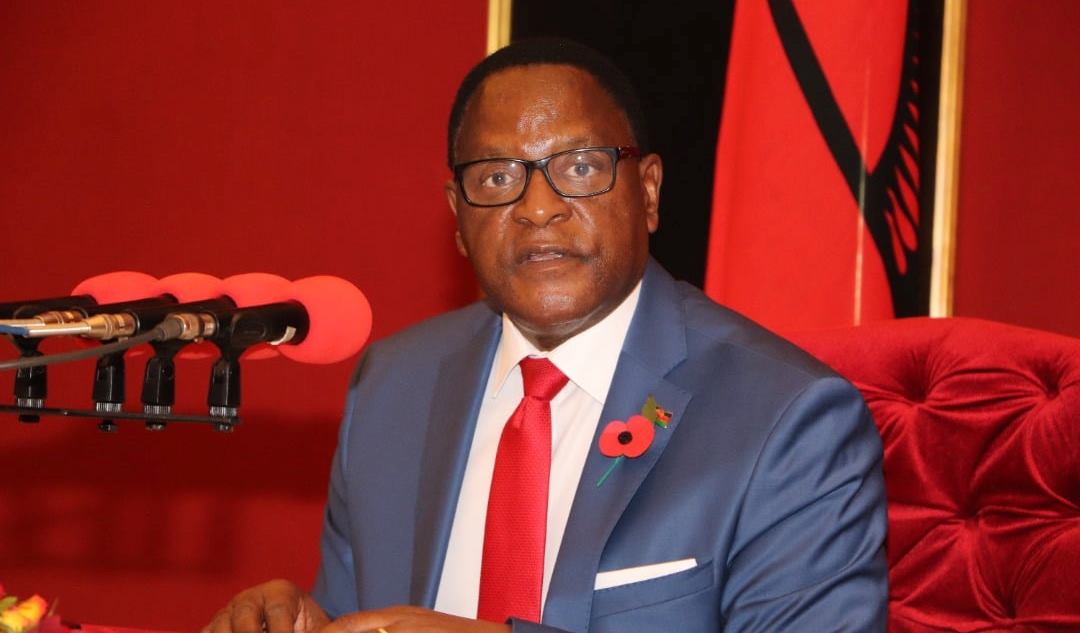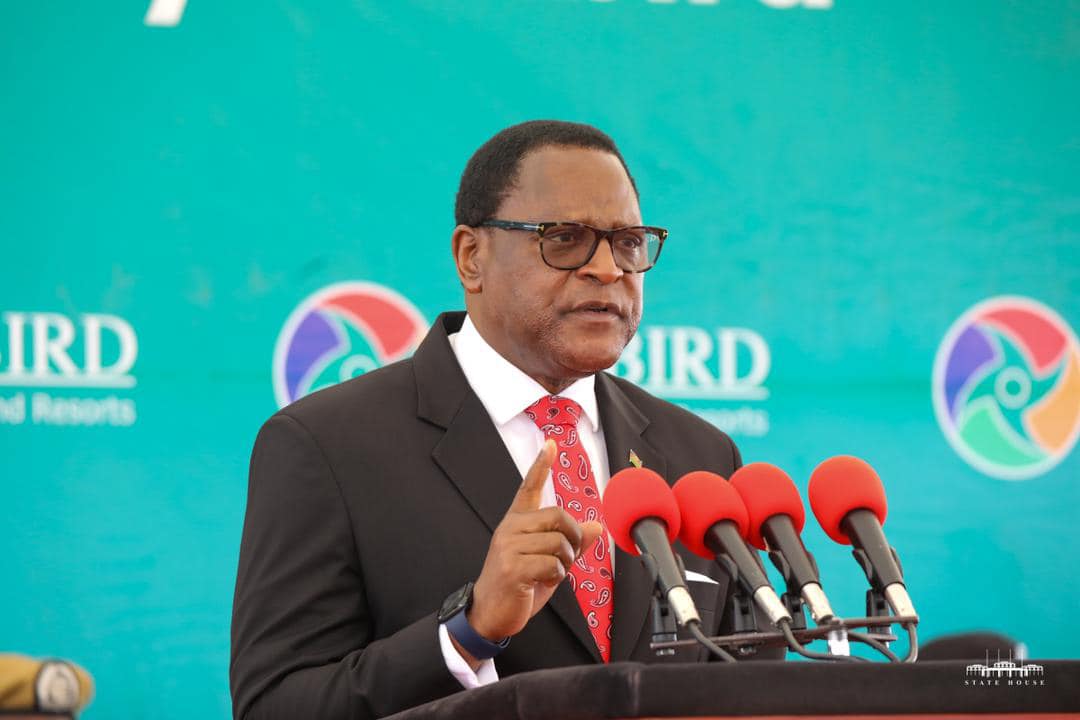‘Rhino Project will solve water supply problems’
Government has plans to borrow about K320 billion for Lilongwe Water Board (LWB) to kick-start the Lake Malawi Water Supply Programme code-named ‘Rhino Project’, which will enable the water utility firm to tap water from Lake Malawi and distribute to Lilongwe and other surrounding areas. Our reporter FATSANI GUNYA engages ALFONSO CHIKUNI, LWB chief executive officer on what the project will achieve in the short to long-term. Excerpts:

in the series of projects
Q1
:Government says it plans to find funding to kick-start the Lake Malawi Water Supply Programme, what is your reaction?
A1
: Well, it’s a good step in the right direction. The last time we had a water source infrastructure investment was in 1998 when we raised Kamuzu Dam 1. We have tried to optimised on the available water resource since then, but have not been able to meet the expectations, especially in the wake of the recent climate variability on the backdrop of dilapidated catchment area of the dam. So, simply put, the investments in the water sources will dramatically change the water service delivery landscape. Therefore, we are excited and geared to deliver a high quality project on time.
Q2
: Why is the project so significant to you and Lilongwe in particular?
A2
:Lilongwe currently faces unique water security challenges. The Kamuzu dams system on Lilongwe River—the only source of water for the city—has low yields (average combined yield is estimated at 109 000 cubic metres per day (m3/day), with a low reliability of about 87 percent and as a result, LWB has been forced to ration water.
With the rapid population growth in the city, the security of water supply is greatly at risk. The city is already facing water shortages which are expected to become more severe over the coming years. With the projected rapid growth in water demand over the medium to long-term, and the increasing hydrological variability, there is an urgent need for new water sources.
Q3
All these years, why have the project now?
A3
To begin with, Malawi has a high and increasing demand for water due to its growing population and economic development, both agricultural and industrial. As a result, water has become a scarce resource, and demand exceeds reliable supply. The population is forecast to double to over 24 million by 2025, which will place a huge stress on water resources in Malawi, especially on water for food supply and irrigation, water supply, and power generation. Lilongwe, the capital city, is growing very rapidly, and so is demand for better services. And coming to Lilongwe, the city is growing at a rate of 5.5 percent per year, the fastest in the country, and the region. The current population is estimated at 1.3 million, and is expected to double by 2025. Along with this rapid growth, the city is experiencing a rise of informal settlements and a strain on the city’s services, including water supply and sanitation.
Above all, water resources play a critical role in Malawi’s economy. The water sector contributes an estimated 35 percent of the country’s gross domestic product (GDP). The total renewable water resource available in Malawi is estimated at 17.3 km3/year, or 1 027 m3/capita/year. While the availability of water resources in the aggregate is considered satisfactory, per capita water availability has been declining at a rapid rate due to population growth.
Malawi is now dangerously close to becoming water scarce. Despite the noticeable surface water bodies in the country, the availability and reliability of surface water in Malawi is highly variable between wet and dry seasons and from year to year, and the country’s stock of water storage infrastructure is one of the lowest in the region. Water resources are also increasingly becoming degraded through sedimentation, biological contamination and effluent, and due to inadequate catchment/watershed management.
Q4
How many people are expected to benefit from the programme?
A4
In the first phase, the programme is expected to benefit an estimated population of over 600 000 people, mainly including existing LWB customers who currently suffer from water rationing, and an extra 400 000 people who currently are not served by LWB.
It will also serve the pipeline corridor from Lake Malawi and other far-flung district centres. In addition, various spinoffs will be planned including power generation, irrigation, eco-tourism and many more.
Q5
: What are the specific objectives of the programme?
A5
:The overarching project development objective (PDO) is to increase water availability for Lilongwe City and strengthen the capacity of Lilongwe Water Board to plan future investments and deliver improved water services to its customers. It will also bring clean water to the corridor from the lake to Lilongwe, for example at Salima Boma, Kaphatenga, Mvera, Mchenzi, Chezi.
We will be able to supply water to far-flung districts of Dowa, Ntchisi and Mponela has been made.
The ‘Rhino Project’ is one of the first in the series of projects under the Lake Malawi Water Programme. This project would be anchored by one large investment in water abstraction and conveyance infrastructure and a set of technical assistance activities designed to support government in planning other spinoff projects in irrigation, eco-tourism, power and livelihood restoration of the Project Affected People (PAPs).
Now, the Lilongwe Water Programme is a four-year programme (2017-2020) structured around five pillars: abstracting water from Lake Malawi to satisfy long-term demand and to cope with variability and climate change and construction of treated water production, transmission and prepaid metering including livelihoods in the Project Area, phased investment in irrigation agriculture, investment in hydropower production and strengthening institutions and information. The first phase runs for an estimated period of 18 months. n





